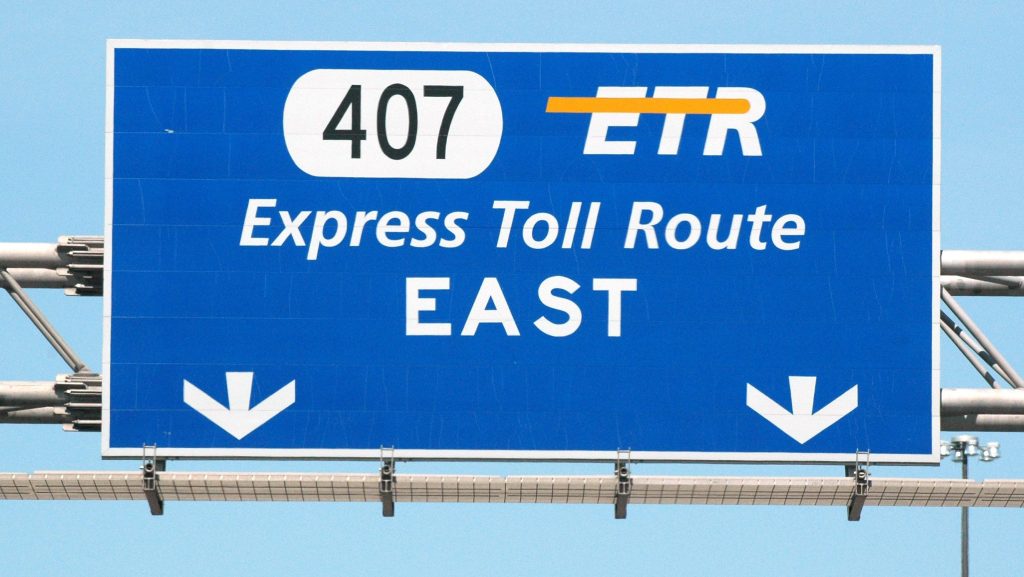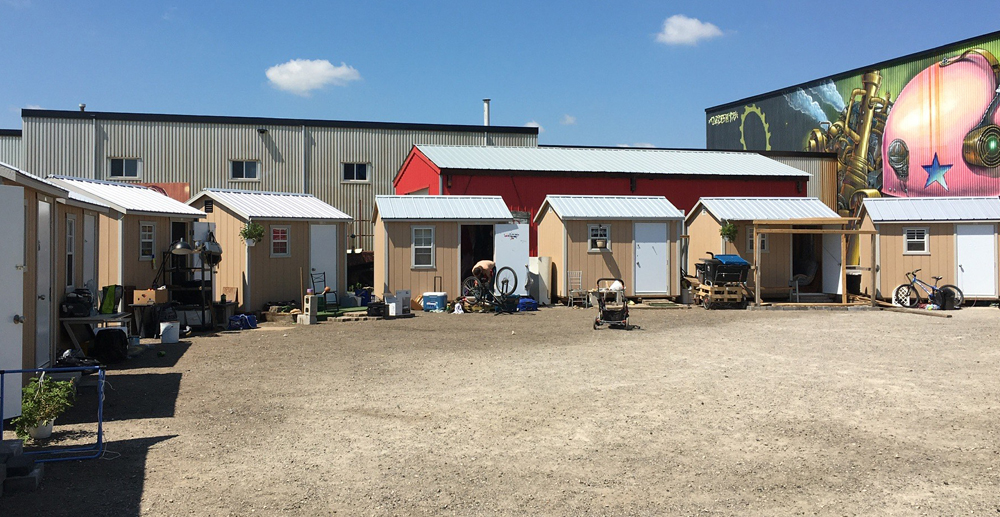Why the ‘Buy Canadian’ trend is not as easy as some may think
Posted Feb 5, 2025 10:30:43 AM.
Last Updated Feb 5, 2025 03:05:24 PM.
Despite U.S.-imposed tariffs being delayed, for now, the country is being united by a trend to buy more Canadian products.
The movement has taken over social media and is hyper-focused on the grocery store.
“I think it is a way that we can send a message to American companies,” Michael von Massow, a professor and food economist at the University of Guelph, told 1130 NewsRadio. “I think it’s not as easy to do, but I think if we do it strategically and if we do it in a way that meets our own standards, then it’s at least symbolic.”
Unfortunately, he adds, it’s typically more expensive to buy homegrown products, which is a tall order for people amid a cost-of-living crisis.
“I think people need to make their own choices and decide what works.”
He points out that if you’re totally committed to this, you may have to re-think where you shop as well.
“We have five major retailers in this country and some regional retailers that matter as well. Most of those are Canadian, but Walmart and Costco aren’t. So, if you want to buy Canadian does that mean buying Canadian from a Canadian store? We know Walmart and Costco are at the cheaper end of the scale, so switching to … someone else, may cost you a little bit more money, but would be that statement you’re making.”
Von Massow explains that there are different descriptions for how much of a product is made or produced in Canada.
“If it says, ‘Product of Canada,’ that means it’s almost wholly made of Canadian ingredients and made by Canadian [workers]. If it says, ‘Made in Canada,’ then you don’t know about the ingredients. Dairy products, if it has the blue cow on it, you can say that’s definitively Canadian dairy product.”
He shares his own recent experience grocery shopping.
“There were frozen vegetables… and it said ‘Canada A’ on the front. That sounds like it’s Canadian and in fact, in the end it was, because I checked with the company, but that just means ‘A Grade,’ it doesn’t necessarily mean that it’s a Canadian product. I looked at the bag and I couldn’t find, ‘Product of Canada,'” he explained.
“We’ve also seen other things happen. For example, there’s a company in southwestern Ontario that makes salsa and they make salsa with Canadian tomatoes, Canadian onions, and Canadian peppers during the Canadian production season … but when we get to this time of the year, they may be using Canadian onions because they can store, but they’re not likely using Canadian peppers and tomatoes, but it’s still being made at a Canadian plant.”
And that’s the tricky part of all this. Canada simply doesn’t grow everything, which can make navigating the produce section difficult. Oranges are one example. So, if you like orange juice, von Massow says to consider buying an import from a country outside the U.S. or switch to apple juice, which is produced in Canada.
“Some things like leafy greens, Brussels sprouts, and beans are going to be hard to find with a Canadian label on them. You’re either going to have to switch to another product that is storable,” he explained.
“In my grocery store, there were beans from Peru, and in that circumstance, I did buy some green beans because we’re not mad at Peru. We are an exporting country, and the truth is we want others to continue to buy our exports, so we shouldn’t punish Peruvian beans or blueberries, or Mexican avocados because we’re angry at the U.S.”
Von Massow says lists comparing American and Canadian companies are tricky because there is a grey area.
“Lays, which is a division of PepsiCo, is on the ‘That’s an American company list.’ Yes, the parent company is American but in southwestern Ontario, our potato chips come from a plant in Cambridge, Ont., with Canadian potatoes and Canadian workers producing it. So, that will be labelled a product of Canada.”
Von Massow adds this all applies to other sectors as well, like Canadian clothing brands like Roots, Aritzia, and lululemon.
“But some of those Canadian brands aren’t producing their products in Canada. Ask questions as to where it’s produced, if that’s important to you.”
As for bigger ticket items like auto production and tech, he adds you can reach out directly to the company in question.
Keep in mind for non-food products, the Competition Bureau of Canada says the label can only be used on items when at least 98 per cent of the costs of producing or manufacturing the good have been incurred in Canada.








